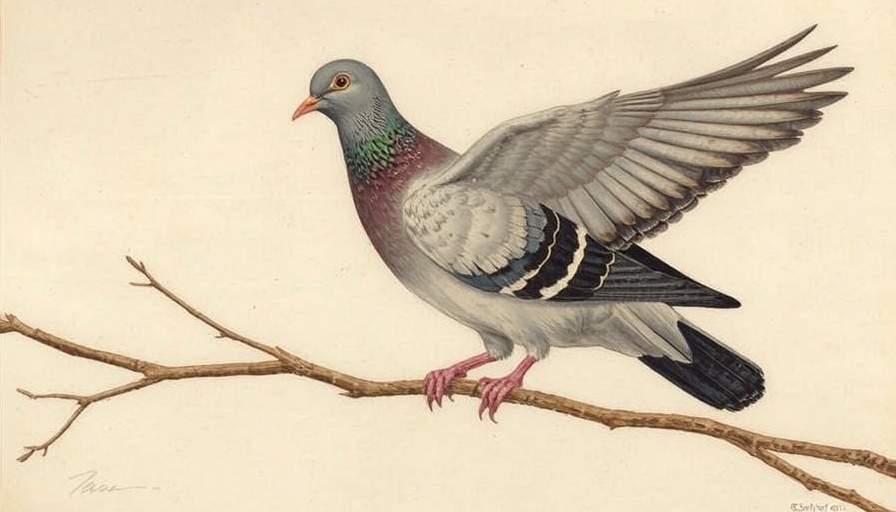
Embracing the Art of Nest Building
Imagine switching places with a robin for a day. While flying through the skies sounds exhilarating, the task of building a nest is nothing short of an architectural feat! As birds like the American robin undertake the daunting challenge of creating their homes, we often overlook the intricate work involved in their nesting habits.
The Challenge of Scale
Take a moment to reflect on the sheer effort that goes into constructing a robin's nest. An average robin weighs less than three ounces, which is astonishing compared to the 170-pound average American human. If scaled up to human size, a robin's nest—typically weighing around seven ounces—would balloon to an incredible 450 pounds for us. To achieve this, you’d need to gather approximately 350 strands of grass, each about four feet long, along with 150 pounds of mud, all of which must be transported mouthful by mouthful.
The Fascination of Nesting Behavior
From the material used to the design of the nest, each species exhibits unique preferences and techniques. While robins work hard with grass and mud, other birds, like plovers, simplify their nests using pebbles arranged on the ground. This diversity showcases not only the adaptability of avian species but also their characteristic behaviors vital for survival.
Environmental Context and Its Significance
Understanding the nesting habits of birds highlights the crucial role they play in our ecosystem. Nest building isn’t just a mundane task; it significantly impacts species propagation and the health of bird populations. Habitat loss and environmental changes threaten these essential practices, making it imperative for us to protect these habitats.
Why Knowing About Nest Building Matters
As we ponder these avian tasks, we can appreciate the effort and resilience of nature. Learning about the nesting behaviors of birds fosters a deeper connection to wildlife and encourages conservation efforts. By observing nests, enthusiasts can gain insights into local ecosystems, alerting conservationists to any changes that may need addressing.
To explore more fascinating details about nests and avian life, visit BirdNote.org.
 Add Row
Add Row  Add
Add 




Write A Comment